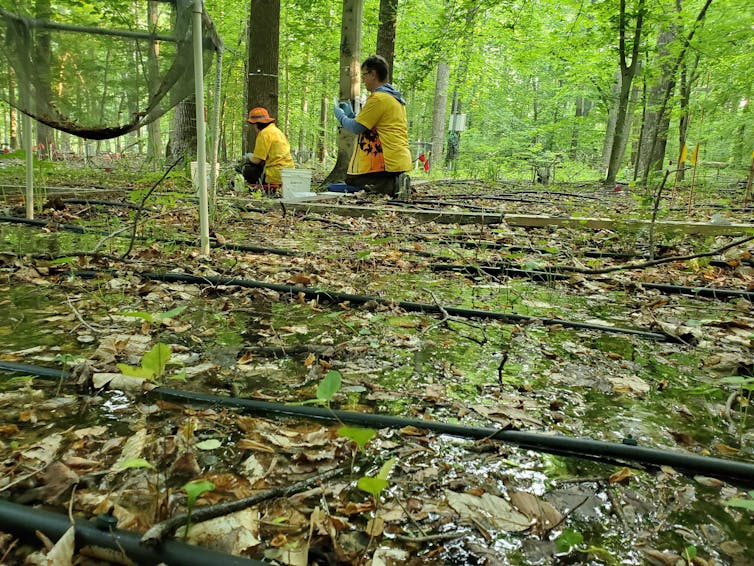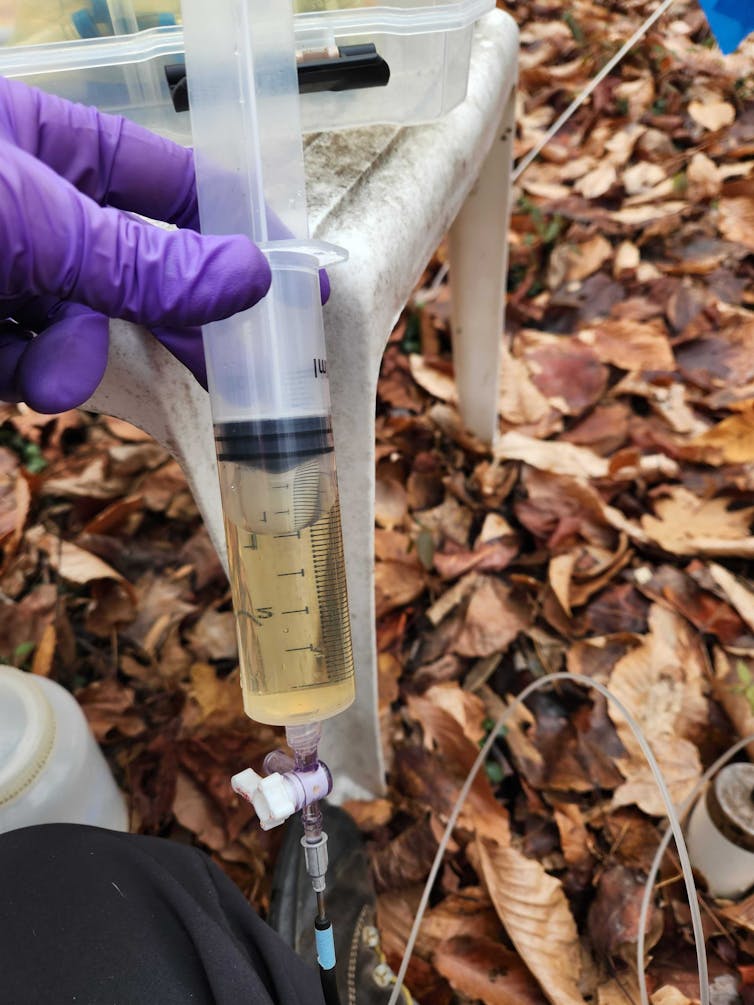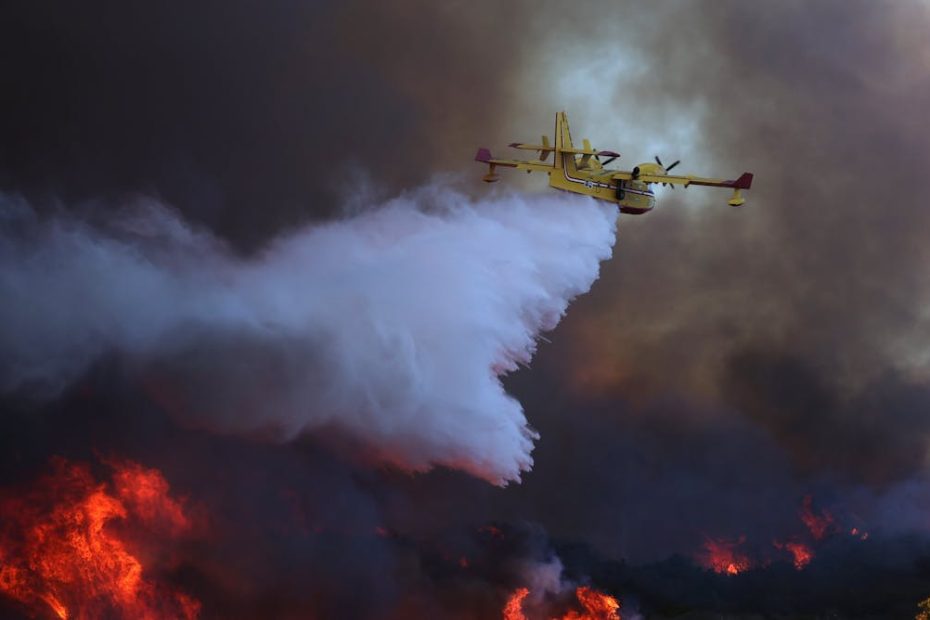Firefighting aircraft are dumping seawater on LA fires — why using salt water is often a last resort
Firefighters battled deadly wildfires in the Los Angeles area in January 2025, but their efforts were hampered by limited freshwater supplies. So when the winds are calm enough, skilled pilots in aircraft called Super Shovels skim 1,500 gallons of seawater at a time and dump it onto the fire with high precision.
Using seawater to fight fires sounds like a simple solution—the Pacific Ocean has a seemingly endless supply of water. This is often the only quick fix during emergencies such as those faced in Southern California, although operating in rough surf can be risky.
But seawater also has drawbacks.
Saltwater corrodes firefighting equipment and can damage ecosystems, especially those in the jungle and scrub surrounding Los Angeles that don't typically come into contact with seawater. Gardeners know that small amounts of salt (added as fertilizer, for example) won't harm plants, but excess salt can stress and kill plants.
While the consequences of adding seawater to ecosystems are not yet known, we can get an idea of what to expect by considering the effects of rising sea levels.
Seawater experiments in coastal forests
As an ecosystem ecologist at the Smithsonian Environmental Research Center, I lead a novel experiment called TEMPEST to understand how and why historically salt-free coastal forests respond to first exposure to salt water .
Global sea levels have risen an average of about 8 inches over the past century, pushing saltwater into U.S. forests, farms and communities where fresh water previously existed. As sea levels rise faster, storms push ocean water further toward dry land, eventually killing trees and creating ghost forests, a result of climate change prevalent in the United States and around the world.
In our TEMPEST test plot, we pump saltwater from the nearby Chesapeake Bay into tanks and spread it over the forest soil surface quickly enough to saturate the soil for about 10 hours at a time. This simulates the surge of salt water during a major storm.

Alice Stearns/Smithsonian Environmental Research Center
Our coastal forests were virtually unaffected 10 hours after their first exposure to salt water in June 2022 and grew normally for the remainder of the year. In June 2023, we increased the exposure time to 20 hours, and although the tulip poplars were absorbing water from the soil more slowly, which could be an early warning sign, the forest still appeared to be unaffected.
In June 2024, after 30 hours of exposure, the situation changed. The leaves of tulip poplars in the forest begin to turn brown in mid-August, several weeks earlier than normal. By mid-September, the forest canopy is bare, as if winter has arrived. These changes did not occur on a nearby piece of land, which we treated in the same way, but using fresh water instead of seawater.
The initial resilience of our forests can be explained in part by the relatively low salt content of the water in this estuary, which comes from freshwater rivers and saltwater oceans. Rainfall following the experiments in 2022 and 2023 washed away salt from the soil.
But the 2024 experiment was followed by a severe drought, so salt remained in the soil. After our 2024 experiment, trees may have been exposed to salty soil for longer than their ability to withstand these conditions.
The seawater dumped in the Southern California fires was full-strength salty seawater. Conditions there are very dry, especially compared to our east coast forest lands.
Significant changes on the ground
Our research group is still trying to understand all the factors that limit a forest's tolerance to salt water and how our results might apply to other ecosystems, such as those in the Los Angeles area.
The leaves turning from green to brown before fall is a surprise, but there are other surprises hiding in the soil beneath our feet.
Rainwater that seeps into the soil is usually clear, but about a month after the first exposure to salt water in 2022 (only 10 hours), the soil water turned brown and stayed that way for two years. The brown color comes from carbon-based compounds leached from dead plant material. This is a process similar to making tea.

Alice Stearns/Smithsonian Environmental Research CenterCC BY-ND
Our laboratory experiments show that salt causes clay and other particles to disperse and move in the soil. This change in soil chemistry and structure can last for many years.
Sea level rise increases coastal exposure
While seawater can help extinguish fires, there's a reason fire officials prefer freshwater sources—provided it's available.
At the same time, U.S. coastlines are facing wider and more frequent saltwater exposure, posing unknown risks to coastal landscapes as rising global temperatures accelerate sea level rise, inundating forests, fields and farms.










